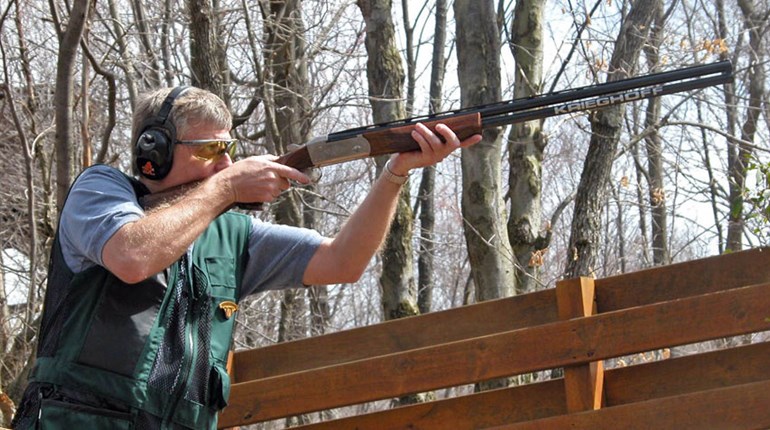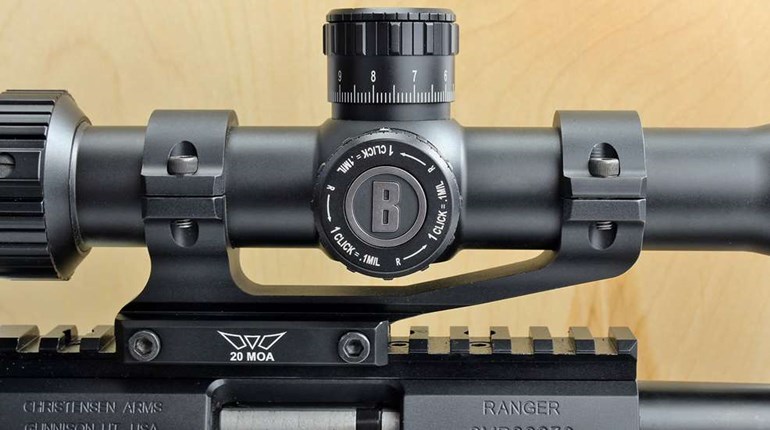
Hunting season is approaching and we have our firearm, license and area to hunt where game has been spotted—but are we really prepared? Even though we fired a few shots to make sure that our firearm is sighted-in, there are some critical concerns that, like preventive medicine, you’ll need to have addressed. To assure that our equipment is 100 percent, here is my preventive maintenance check list.
_____A Clean Barrel: This makes sense and I would bet this is something we all do. After deer season, I thoroughly clean my barrel and then spray another patch with Ballistol and run it through a few times so to coat the rifling. Then before the firearm is shot, be it weeks or months, I clean out what was a clean barrel…and at times I am amazed at what I missed.
_____Scope Base Mounting Preparation and Screws: With any screws on the firearm, I make it a point to check to make sure all are tight. I pay particular attention to the screws holding the scope base to the firearm. If your groups are opening up for no reason you can determine, loose screws may be why. To prevent this I use a thread locker on most screws after I degrease them.
_____Scope Ring Preparation and Screws: When I mount a scope, especially when firing many “Hand Cannons” as the .375 JDJ or even a .444 Marlin or .45-70 in a Contender handgun, three or even four rings are the rule.
Then to assure a scope does not move, I put 100% Silicon Rubber Sealant on my finger and smear a fine layer within the scope rings, insert the scope and then snug the ring screws down once it is properly set within. Then the next day I again go over all the screws and give them a final turn, which really locks the scope into the rings. I found this especially helpful when mounting a scope on an air rifle—those specialty scopes take a beating.
Another option I like is to use Burris Signature Rings with their synthetic inserts, which provides a total ring-to-scope surface contact. Due to this system, the scope also does not get scratched and different sizes of inserts are available—which can be helpful instead of using a shim if needed. But before mounting any scope, I use a degreaser. I then clean the inside of the rings, the scope tube and even the plastic inserts so there is nothing to interfere with scope-to-ring contact and with that, nothing moves due to recoil.
_____Scope Turret Screws: This is something that is rarely loose. Yet when checking yours, if moveable, just tighten enough to be snug and that is it.
_____Clean those Lenses: If the scope lenses are dirty, clarity is obviously affected. I make it a point to always check my lenses and if they become dirty when hunting, I carry optical glass wipes as the Birchwood Casey VizWiz lens wipes. (They’re are also anti-static and anti-fogging). I also use see through-lens caps, which are great to have if it’s raining.
_____Open Sights Secured: Again, check all screws!
_____Batteries: Today many of the red-dot type sights are popular and most take battery power to function. This is something I always check and then carry an extra with me just in case. In fact, I usually carry two in a water proof baggie in my pack, just in case.
_____Muzzle Brake: If your handgun or rifle is equipped with one that screws on, always check to see that it is tight before any firing.
_____Handgun Screws: I usually hunt with various T/C Contender and Encore handguns and once had a grip become loose while elk hunting in Montana. And no, I did not have the Allen wrench I needed but the guide, a gunsmith, did. Another lesson learned through someone else paying attention to what could happen.
____Sling Studs: By not checking the screw-in studs on one’s firearm, this mistake can turn into a disaster. When carrying a rifle and it is slung over your shoulder and a stud pulls out, the rifle will drop. A friend had this happen and instead of hitting the snow, it landed on the only rock visible. He was lucky; it only marked his wooden stock and nothing broke.







































